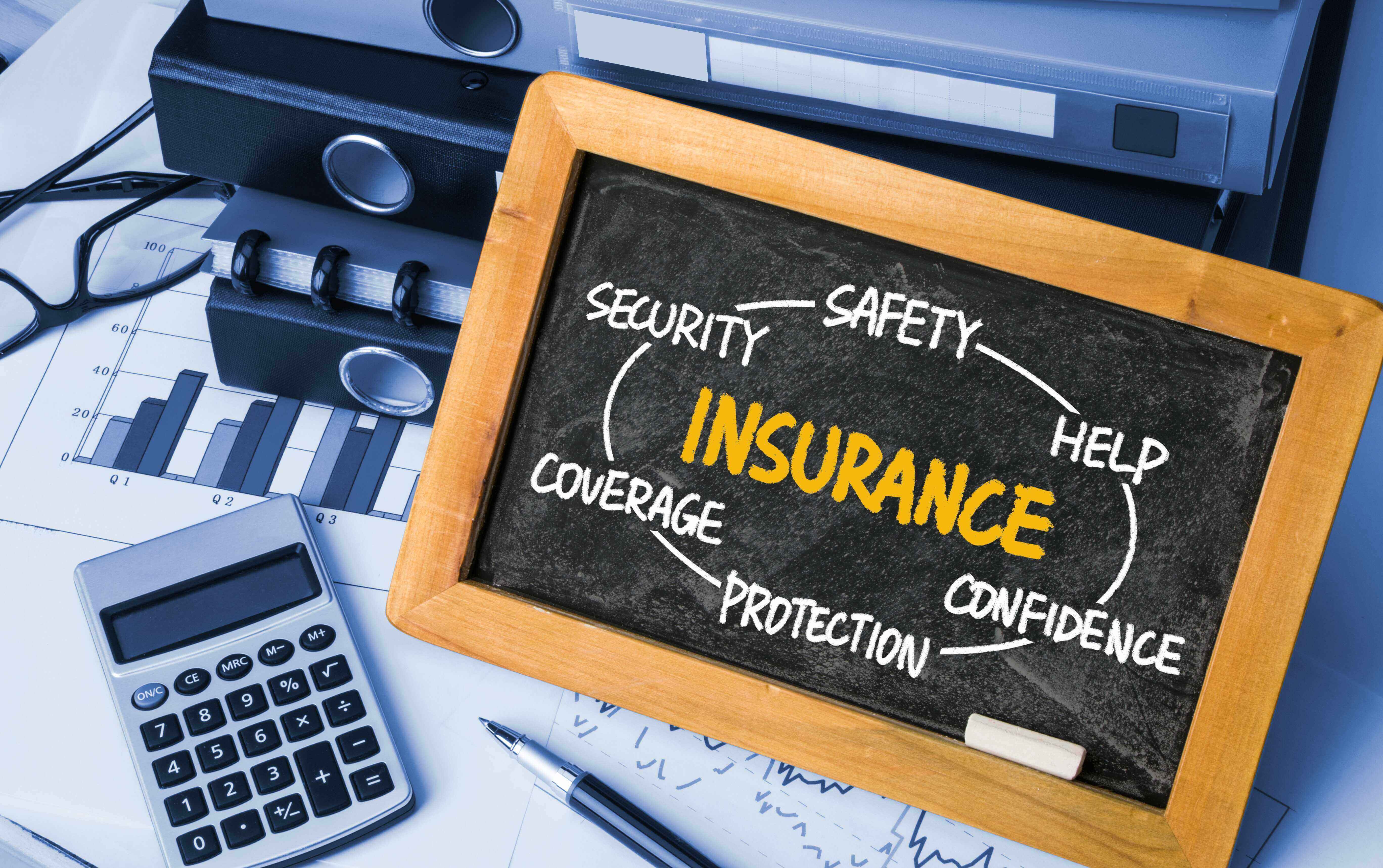Minnesota Considers ‘lifeline’ Car Insurance Program For Low-income Drivers | Insurify

Car insurance costs in Minnesota rose by 58% in 2024, the largest increase in any state, according to Insurify's auto insurance report. But a new state proposal could make it easier for low-income drivers to get affordable coverage.
The Minnesota Legislature is considering the creation of a low-cost, liability-only auto insurance program — the Minnesota Lifeline Insurance Program. The program would serve income-eligible drivers. Bill sponsor Rep. Athena Hollins (D-St. Paul) aims to increase road safety and create a "fairer system."
Minnesota wouldn't be the first state to propose a program aiming to increase the affordability and accessibility of car insurance. California, Hawaii, and New Jersey all have income-restricted auto insurance programs aimed at reducing the number of uninsured drivers.
How it would work
A memo on the bill, HF 2215, notes that state-licensed insurers will issue the policies. The bill outlines a 10-cent surcharge on all auto policies written in the state to fund marketing and outreach. It proposes a $20,000 annual budget allocation to hire an independent actuary and a flexible spending limit in 2026 so the commerce commissioner can establish the program.
The bill directs program overseers to set rates that can pay for claims losses and program expenses.
The program doesn't include physical damage coverage, like collision or comprehensive, and only slightly adjusts the state's minimum requirements.
The bill also reduces the personal injury protection (PIP) amount from the $40,000 state requirement to $5,000. PIP covers medical bills and out-of-pocket losses related to a car accident, regardless of who caused it.
Some problematic areas remain, however.
For instance, lenders require drivers with leased or financed vehicles to have coverage for physical damage, and the proposed coverage wouldn't satisfy that requirement. This means Minnesota drivers who don't own their cars outright may not be able to take advantage of the program.
Bill supporters and critics talk about fairness
Though the bill still has many legislative steps before adoption, it's already received both enthusiastic support and concerned disagreement.
The Legal Services Advocacy Project (LSAP) with Mid-Minnesota Legal Aid submitted a letter of "strong support" to the state's Commerce, Finance, and Policy Committee, urging the passage of HF 2215.
"There is unquestionably a great need for the establishment of this program," Ron Elwood, LSAP supervising attorney, wrote in the letter. "It is estimated that there are more than 358,000 uninsured licensed drivers in Minnesota. This is an alarming number."
Quoting a 2016 brief from the Consumer Federation of America, Elwood wrote, "It is unequivocal that methodology used to underwrite policies and the resulting rates charged are 'more closely aligned with personal economic characteristics than with drivers' accident and ticket history.'"
Aaron Cocking, president and CEO of the Insurance Federation of Minnesota, told Insurify the bill "raises serious financial and fairness issues." It also brings up concerns about the "unintended consequences" that could affect insurers and result in higher costs.
"Subsidized rates for one group of policyholders will lead to higher premiums for other insured drivers," he said. "That's not good policy and it's surely not good for the 90% of drivers who have insurance now. If we are truly serious about improving insurance affordability, we should focus on addressing the real cost drivers impacting all Minnesota drivers, not carve out a state-run program for a select few."
Cocking said the focus should be on tackling risky driving behavior, soaring vehicle repair costs, and legal system abuse to bring premium costs down.
What's next: Finding bipartisan support
The bill creating the Minnesota Lifeline Insurance Program will need bipartisan support to move forward.
Currently, the bill has 13 authors, or sponsors, and they're all Democrats. Since the Minnesota legislature is tied along party lines, no legislation can get a floor vote for final approval without bipartisan support.
After the bill's introduction, legislators referred it to the Commerce, Finance, and Policy Committee for review.
Related articles
The post Minnesota Considers ‘Lifeline’ Car Insurance Program for Low-Income Drivers | Insurify appeared first on Insurance News | InsuranceNewsNet.

